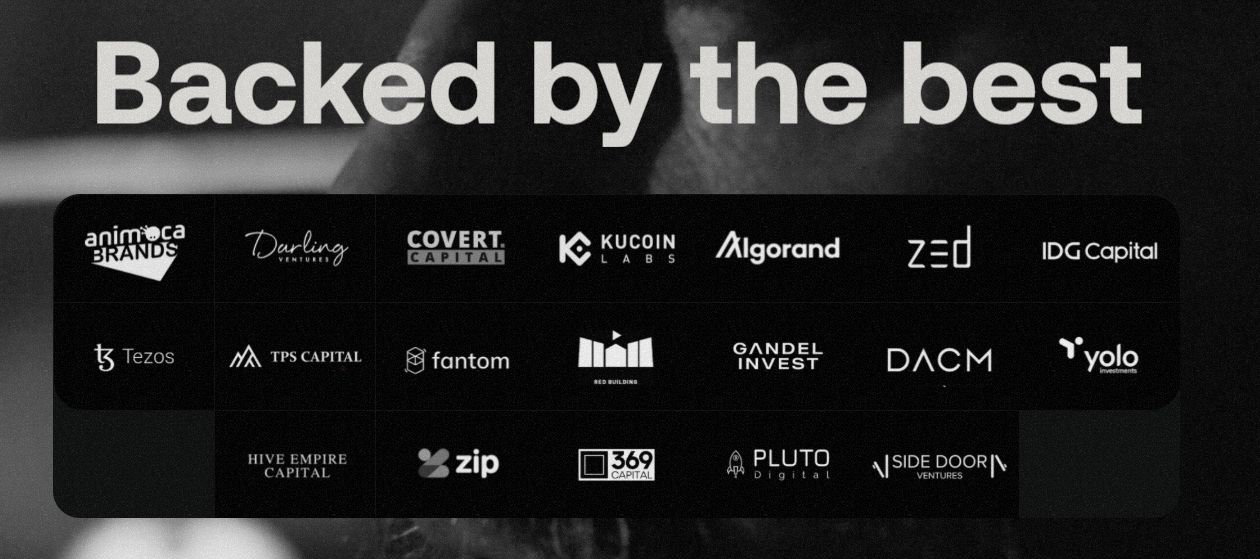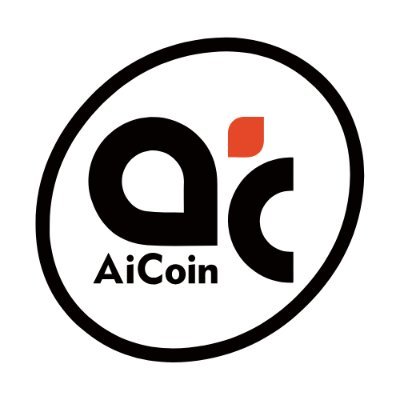Report: Gen Z in Chile Is Mostly Digital and Crypto-Native
Latam is quickly leaning towards tech-based and digital settlement platforms, including fiat and crypto services. Kushki, an Ecuador-based but Latam-focused payment company, has revealed that almost 60% of all the centennials in Chile use digital payments and are aware of crypto assets.
In its “Payments in Latin America in 2025: From Inclusion to Sophistication, the Evolving Payments Ecosystem” report, the payment provider found that Chile’s Gen Z has been deeply penetrated by digital and crypto settlements, with nearly 30% using digital money exclusively.
This phenomenon persists despite Chile not having established a cryptocurrency regulatory framework, unlike some neighboring countries such as El Salvador and Brazil.
Kushli stated:
In Chile, the real-time payment system program has been in place since 2008, but debit, credit, and prepaid cards continue to dominate the market, accounting for nearly 66% of household spending. As RTPs expand throughout Latin America, we are seeing a steady decline in cash use and a shift toward more digital and immediate transactions.
Chile has demonstrated a strong appetite for cryptocurrency, with reports indicating that by 2024, over $105 billion had been traded by Chilean users. This figure surpasses the trading volumes of Colombian and Argentine traders. On average, Chilean traders invested more than 50% of their monthly income in crypto.
Kushki assessed that real-time payment systems based on fiat are not the final form of the region’s economic settlement system, but the base for a more open, competitive, and dynamic financial ecosystem.
In January, a group of Chilean lawmakers convened to create the first bitcoin bench in Congress and planned the establishment of a national bitcoin reserve. Nonetheless, the central bank of Chile has rejected this idea, refusing to include BTC as a reserve asset due to its high volatility.
Read more: Chile Quiere Bitcoin: Legislators Rally Around Strategic Bitcoin Reserve Proposal
免责声明:本文章仅代表作者个人观点,不代表本平台的立场和观点。本文章仅供信息分享,不构成对任何人的任何投资建议。用户与作者之间的任何争议,与本平台无关。如网页中刊载的文章或图片涉及侵权,请提供相关的权利证明和身份证明发送邮件到support@aicoin.com,本平台相关工作人员将会进行核查。
UFC Star Conor McGregor Enters Crypto with REAL Crypto Token Launch
Conor McGregor is no stranger to headlines, but this time, it’s not about a title fight — it’s about a token. The UFC champion and newly-declared political hopeful from Ireland has officially dropped his own memecoin called " REAL " on April 5, teaming up with the Real World Gaming DAO to bring the project to life.
But this isn’t your average celeb crypto cash grab. The team behind REAL took a unique approach, opting for a sealed-bid auction — a launch method aimed at keeping things clean, transparent, and fair, especially for everyday buyers.
McGregor has always been a showman, but he framed the launch of "REAL" as a statement of principle. In a direct message to the crypto community , he said: "This is about transparency — we are showing the world how it is done with integrity."
In a space that’s often criticized for hype, bots, and early whale games, the "REAL" auction format was designed to protect regular investors from being front-run by trading bots and snipers. No flashy presales, no insider dumping.
The partnership with Real World Gaming DAO, a decentralized platform focused on blockchain gaming, adds another layer of interest. While the full utility of the token hasn’t been revealed yet, the connection to gaming hints at possible integrations down the line.
Despite the star power and bold statements, the auction results have been underwhelming so far. At the time of writing, the "REAL" token has attracted just around $227,833 in sealed bids — a far cry from the $3.6 million target.
Still, the campaign is young, and crypto markets love a comeback story. Whether REAL catches fire or fizzles out remains to be seen. But one thing’s for sure — McGregor’s move into Web3 has people talking.
This token launch could just be the beginning. McGregor has flirted with business ventures before — from whiskey to fashion — and crypto might just be his next big arena. If the REAL token picks up steam, expect more headlines, more partnerships, and potentially even NFT drops or gaming features.
And with McGregor running for office, we may see one of the first crypto-native political campaigns led by a global sports icon. Imagine campaign donations in "REAL"?
Conor McGregor is no stranger to headlines, but this time, it’s not about a title fight — it’s about a token. The UFC champion and newly-declared political hopeful from Ireland has officially dropped his own memecoin called " REAL " on April 5, teaming up with the Real World Gaming DAO to bring the project to life.
But this isn’t your average celeb crypto cash grab. The team behind REAL took a unique approach, opting for a sealed-bid auction — a launch method aimed at keeping things clean, transparent, and fair, especially for everyday buyers.
McGregor has always been a showman, but he framed the launch of "REAL" as a statement of principle. In a direct message to the crypto community , he said: "This is about transparency — we are showing the world how it is done with integrity."
In a space that’s often criticized for hype, bots, and early whale games, the "REAL" auction format was designed to protect regular investors from being front-run by trading bots and snipers. No flashy presales, no insider dumping.
The partnership with Real World Gaming DAO, a decentralized platform focused on blockchain gaming, adds another layer of interest. While the full utility of the token hasn’t been revealed yet, the connection to gaming hints at possible integrations down the line.
Despite the star power and bold statements, the auction results have been underwhelming so far. At the time of writing, the "REAL" token has attracted just around $227,833 in sealed bids — a far cry from the $3.6 million target.
Still, the campaign is young, and crypto markets love a comeback story. Whether REAL catches fire or fizzles out remains to be seen. But one thing’s for sure — McGregor’s move into Web3 has people talking.
This token launch could just be the beginning. McGregor has flirted with business ventures before — from whiskey to fashion — and crypto might just be his next big arena. If the REAL token picks up steam, expect more headlines, more partnerships, and potentially even NFT drops or gaming features.
And with McGregor running for office, we may see one of the first crypto-native political campaigns led by a global sports icon. Imagine campaign donations in "REAL"?
Solana Dominates DeFi — So Why Is SOL Crashing?
When the crypto market succumbs to hype and spectacular narratives, fundamental signals get drowned out by noise. However, it is precisely in these phases of disconnection between valuation and on-chain data that true dynamics take shape. Solana embodies this paradox today. Driven by metrics in clear progression, yet underestimated by the market, the blockchain offers a very real potential that few seem willing to confront.
While the price of SOL fell by 9% between March 28 and April 4, on-chain indicators from the Solana blockchain displayed a positive dynamic. Deposits in the decentralized applications of the ecosystem reached 53.8 million SOL on April 2, a record since June 2022, reflecting a monthly increase of 14%.
Converted into dollars, this represents 6.5 billion, which is 780 million more than BNB Chain, Solana’s main competitor in this segment. This increase solidifies Solana’s position as the second DeFi ecosystem behind Ethereum, despite a less favorable global context.
Several elements support this remarkable performance:
This growth in deposited value and transactional activity reinforces the idea that Solana today operates in a structural logic, driven by its infrastructures and no longer solely by speculative effects.
Alongside these encouraging technical indicators, several elements have weakened the price of SOL in the secondary market. First, on April 4, there was the unlocking of 1.79 million SOL tokens, representing an estimated value of over 200 million dollars.
These tokens, initially staked in April 2021 when SOL was valued at around 23 dollars, may have been resold for profit, which generated significant selling pressure. Furthermore, the Solana ecosystem suffers from the current disaffection for memecoins, which largely contributed to its adoption in recent months.
Tokens such as WIF, PENGU, POPCAT, BOME, and AI16Z have seen their value drop by over 20% in seven days, which has dried up part of the speculative volume.
However, beyond the short-term view of the crypto markets, the governance of the network itself raises questions. Recent criticisms have highlighted the practices of Maximum Extractable Value (MEV) on Solana, a phenomenon where some validators reorder transactions to maximize their profits.
While this practice is not unique to Solana, it provokes growing controversy regarding the network’s transparency. Cbb0fe, a DeFi liquidity provider, recently expressed on February 18, 2025, on the X platform (formerly Twitter) his concerns about the presence of “gatekeeping” in block validation.
Additionally, some actors in the crypto ecosystem, like Loring Harkness (a contributor to the Shutter Network), propose solutions like encrypting transactions before they enter the mempool to reduce these opportunistic practices.
In the long term, these debates touch on the economic balance of the network. Voices are rising to lower the issuance rewards of the SOL , as the revenues from MEV are sufficient to incentivize validators. While this debate remains technical, its implications are profound. They condition the network’s security, as well as its perception by investors. In this perspective, even if Solana’s fundamentals improve, a return to higher levels will require a tighter alignment between technological performance, transparency of practices, and trust in the crypto market.
55 Million Americans Own Cryptocurrencies According To A Groundbreaking Survey
Crypto is no longer a marginal experience. It is now anchored in the daily lives of millions of Americans, reshaping the contours of their financial autonomy. A recent study by the National Cryptocurrency Association reveals that 55 million adults hold digital assets. Among them, 76% believe that this technology has improved their quality of life. Far from the clichés of speculation, these figures unveil a more nuanced reality: massive, pragmatic adoption that carries concrete hopes.
Contrary to popular belief, crypto is not limited to a tech-savvy elite. The study debunks stereotypes: 26% of holders earn less than $75,000 a year, and 15% are over 55. An unexpected democratization, where workers, artists… and even President Trump — who has doubled his fortune — coexist in the same ecosystem.
Uses, too, are diversifying. While 52% see crypto as a lever to secure their future, 39% already use it for everyday purchases.
From weekly groceries to money transfers to family (31%), transactions are becoming commonplace. One in five holders even makes monthly payments. Proof that everyday utility takes precedence over simple accumulation of gains.
This massive adoption is explained by a quest for control. In the face of inflation and bank fees, users are creating alternatives. “This is not a revolt, but a silent reclamation”, analyzes a reporter of the study . Digital wallets are no longer virtual vaults, but tools of resilience.
Enthusiasm is dominant. For 46% of holders, the impact of crypto is “very positive”, particularly due to financial independence (49%) and learning opportunities (45%). “This has taught me to manage risk differently”, confides one respondent.
A collective dynamic is emerging: 73% want the United States to lead global innovation in this area.
However, the shadow of risks looms. Three-quarters of respondents fear scams, while 67% dread stifling regulation.
Paradoxically, 64% demand more government framework. A revealing dilemma: how to protect without suffocating? Users are calling for safeguards — such as insurance on wallets — while defending decentralization.
The future is being played out here. Crypto is no longer a gamble but an emerging infrastructure. Holders demand its integration into traditional systems, requiring transparency and security. “The real challenge is not technical, but cultural”, summarizes an expert. Accepting that digital money coexists with cash, without demonization or naïveté.
The numbers speak: crypto is establishing itself as a pillar of American financial life. Propelled by millions of ordinary users, it embodies less a rupture than a logical evolution. Even Wall Street giants are getting involved: the head of BlackRock recently dropped a bombshell about the future of the dollar against Bitcoin , a sign that the lines are moving even in the highest spheres.
Between hopes and vigilance, the success of cryptocurrencies will depend on a subtle balance: innovate without excluding, regulate without controlling. The train is moving, and its passengers do not intend to get off.


 Самая низкая цена
Самая низкая цена Самая высокая цена
Самая высокая цена 












































